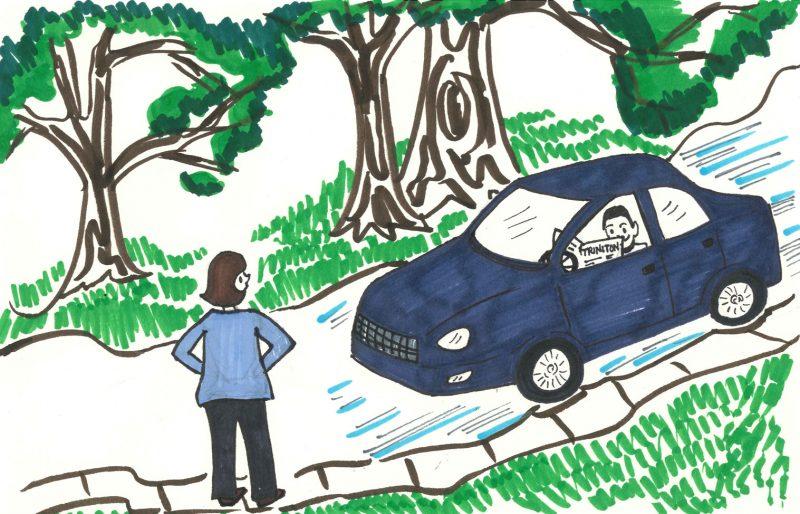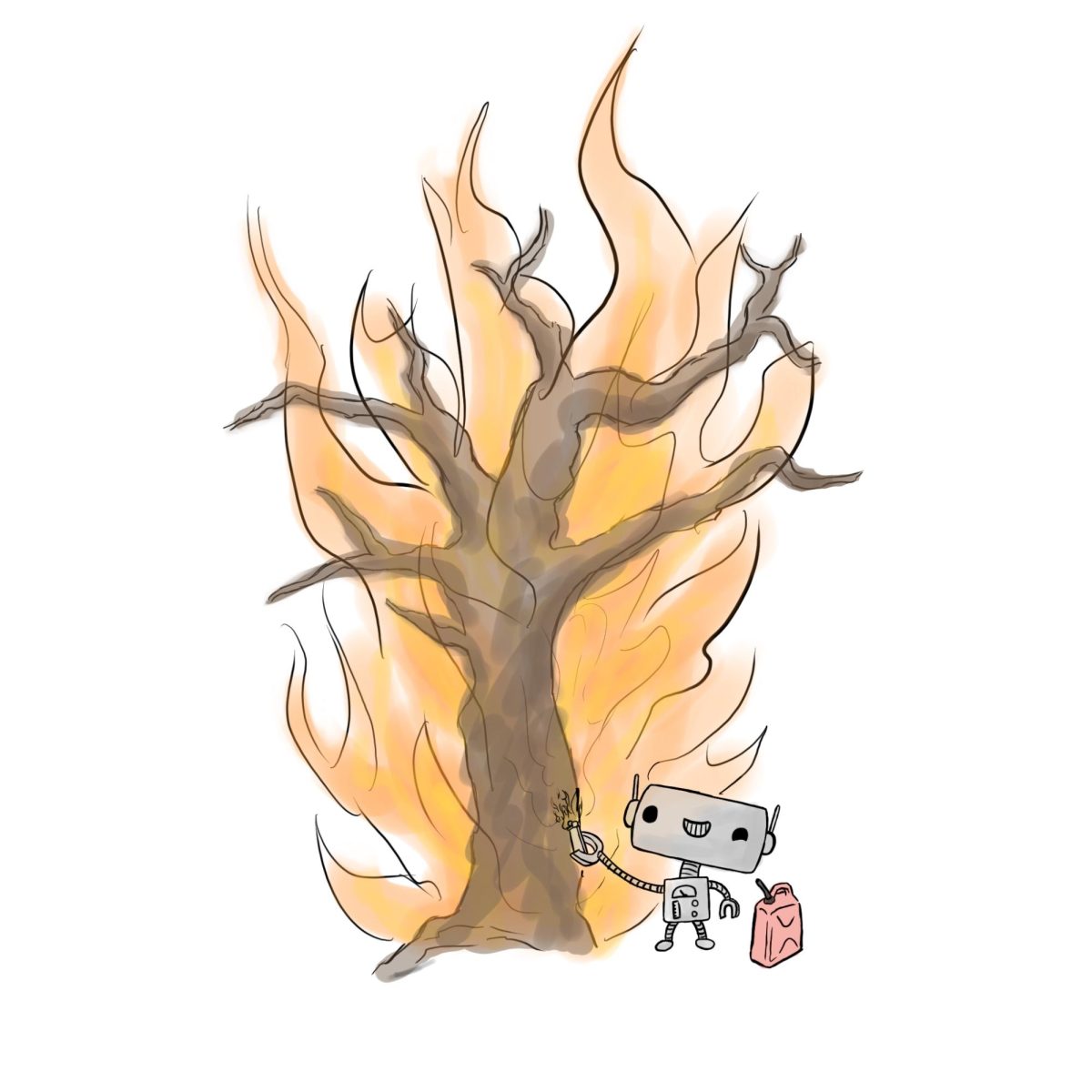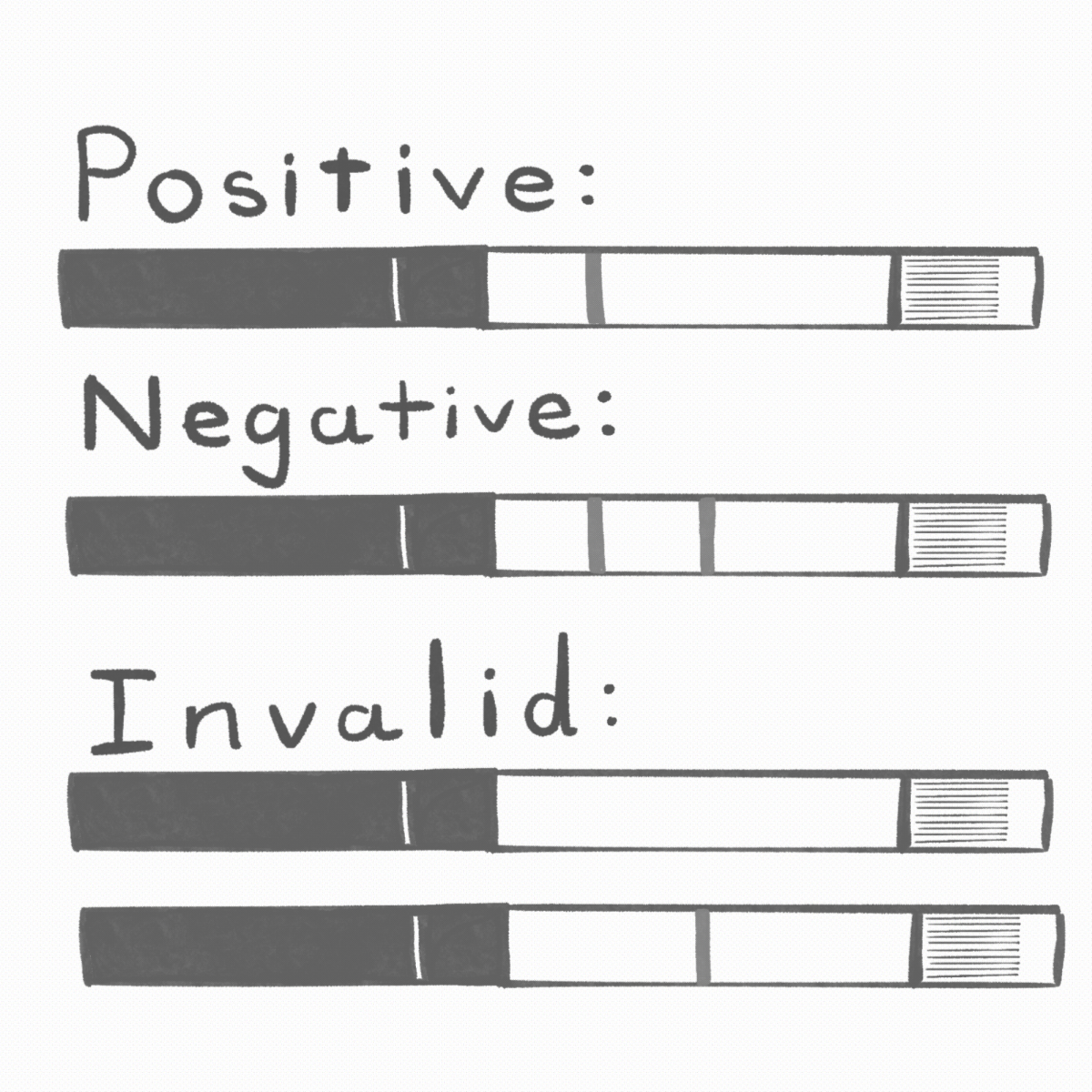This last May, a think tank called RethinkX, headed by Stanford University professor Tony Seba, put out a report with some rather remarkable predictions. They predicted that over the next decade, oil prices would crash, with global consumption dropping 30 percent. Why do they see this happening? The answer is what they refer to as ‘TaaS,’ Transportation as a Service. Basically, it is the idea that I’ve been building up to my my previous two articles on autonomous electric cars and the ridesharing industry that would use them.
RethinkX predicts that TaaS “will offer vastly lower-cost transport alternatives — four to 10 times cheaper per mile than buying a new car and two to four times cheaper than operating an existing vehicle in 2021” and that “TaaS will provide 95 percent of the passenger miles traveled within 10 years.” When I first saw these predictions, I felt that their timeline was a bit fast, and I’m someone who generally feels that technology will advance quickly. As I read more articles, and thought more about it though, I realized that they are probably pretty close to accurate.
The real key, as I see it, is positive feedback loops. I’ve long imagined the positive feedback loop in car insurance where, assuming that autonomous cars are involved in fewer wrecks, rates on human driven cars go up as those on autonomous cars go down. That makes human driving less affordable and pushes people toward autonomous cars. For the RethinkX scenario though, the positive feedback loop that matters is in relation to gas.
I’ve heard a fair number of people say that they don’t want to ride in autonomous cars, or wouldn’t trust them. Of course, money and convenience tend to win out in our society, and there are also people like me who are excited about this change and can’t wait for it to come. Imagine that Waymo (the branch of Google’s parent company, Alphabet, that is working on autonomous cars) begins an autonomous ridesharing service in San Antonio in 2020, that it is price competitive with owning a car, and that 20 percent of the population chooses to use it for most of their transportation.
That means a 20 percent reduction in gas sales at local gas stations, because even if Waymo were using gasoline cars early on, they wouldn’t be filling them at normal gas stations. Gas stations operate on thin margins. A 20 percent drop in purchases will likely cause quite a few to close. That will make it less convenient to buy gas, and probably push a few more people to join the ride sharing, completing the loop.
It doesn’t take much imagination to see where that positive feedback loop goes. You wind up with a city that has very few public gas stations. The ridesharing service becomes vastly more convenient than trying to fill up a car. That leads to a situation where the vast majority of people, perhaps the 95 percent that RethinkX predicts, are either using a ridesharing service, or a personal electric car that they can plug in at their houses. Lest you think that trucking will keep gas stations open, Tesla is planning to demo a big rig this month.
A lot of the RethinkX timeline hinges on the autonomous ridesharing, and when it goes to scale. None of the positive feedback loops come into play until people have the option to call a car that drives itself. I said “go to scale” because they are already available in small tests across the nation, being run by a variety of companies.
Indeed, as I was writing this piece, Waymo announced they are starting the first public testing with no human in the driver’s seat. People in Phoenix are literally able to get rides from a car with no driver today. The caveat is that it is a limited rollout available only to certain people in that one city. We still have a ways to go before you start seeing gas stations disappear here in San Antonio. However, these vehicles are now going to be part of accident data, so the insurance feedback loop is potentially already in motion.
Welcome to the future. Consider holding off on oil investments.







Mark • May 10, 2018 at 10:32 am
Autonomous cars are definitely the future. I love my Tesla S, best vehicle I have ever owned.
John Parker • May 8, 2018 at 2:45 pm
The will be no need for drivers in the future. Traffic accidents will also disappear.